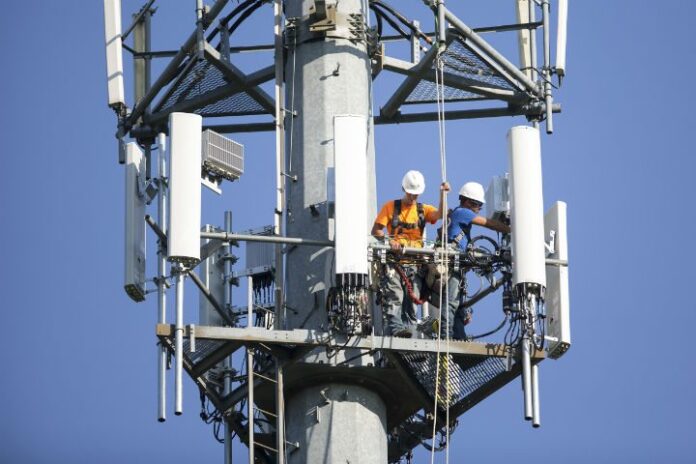Clearfield sees growing use of WDM technology in 2016 to improve network performance
Editor’s Note: With 2016 now upon us, RCR Wireless News has gathered predictions from leading industry analysts and executives on what they expect to see in the new year.
With today’s wireless technology, we see increasing demand for higher download and upload speeds along with the need for more reliable cellular wireless networks. It is said the average mobile network connection speed (1.7 megabits per second in 2014) will reach nearly 4 Mbps by 2019. By 2016, average mobile network connection speed will surpass 2 Mbps. The implementation of fiber replacing the larger heavier coaxial cables from the wireless hubs up the tower has certainly helped to improve the pathway and capacity for the increasing demand that we have seen over the past four to six years as we went from 3G to now “4G” – and slowly creeping up on us is “5G.” As with most technologies, the almost infinite demand for better, faster and higher quality communications will always be there, just as we see with the increasing number of gigabit and 10G connections that are being added daily around the world.
Smartphone users alone worldwide were at 1.75 billion in 2014, and expected to increase from 2 billion in 2015 to more than 2.2 billion in 2016. We are still seeing significant growth year to year. It is common for people to own more than one wireless device. This could be your cell phone, laptop or tablet, a hot spot and now even cars are being manufactured to have wireless capabilities. The cars can be used as a hot spot and can have as many as seven devices hooked to them. General Motors sold more than 9.7 million cars in 2014, and is on a similar pace for 2015, and can expect the same for the year 2016 when they roll out more than 30 different models with wireless capabilities. That is a lot of wireless connections traveling around the country from just one auto manufacturer. You can be sure the other manufacturers will follow suit. These are just some of the ways we see more demand on the wireless networks and cell towers all over the world.
Due to this continuous growth, cell towers are using all of their available fibers from the tower to the cell hub and even from the hub directly to the wireless carriers. This forces them to look into options for providing more pathways up the tower and back to the carriers. One option is to install more fiber cable. The problem with having to install more fiber is the huge deployment expense and long length of time that is required with installing more fiber.
The most efficient and overall least expensive ways to increase the current fiber capacity is to introduce wave division multiplexing into the network. This is known as creating “virtual Fiber.” When cell towers are designed and built, they install what they believe is enough fibers at that time to supply all the connections needed (along with some expansion). However, as history has shown us in the telecommunications industry, existing fiber cables have been populated more quickly than expected. WDM’s allow for more virtual pathways over a single fiber. Cell towers that have multiple radio antennas will quickly populate the original fiber cable running up the tower. Using WDM technology and dedicating specific wavelengths to specific antennas will increase the amount of pathways available over the existing fiber running up the tower. WDM technology will become more popular in 2016 as the preferred method for creating needed fiber pathways in wireless networks. WDM will eliminate the need to install more fiber cables up the tower eliminating the large expense of labor and new construction.
As with a lot of things in life it is very hard to make predictions especially when it comes to technology growth and where the market is headed. One thing we do know, there is still a lot of geographical areas that can be improved and expanded upon when it comes to wireless technology. There are also a lot of markets that have only just begun to touch base with ways they can utilize wireless technology to improve efficiencies, monitor and collect data and cut overall costs. It will be interesting to see where the next five to 10 years takes us with new technologies and the push for 5G.

